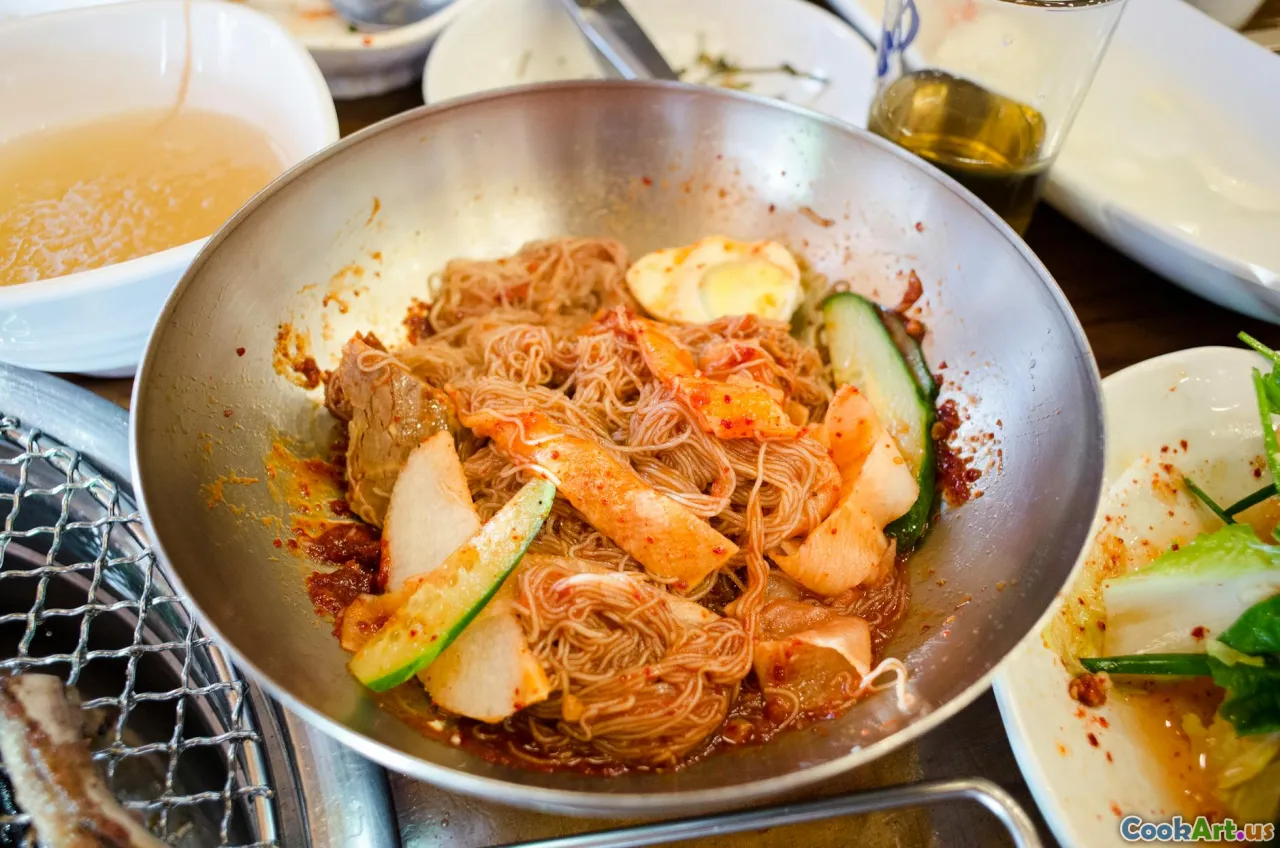Crossover Cuisine Delights
5 min read Explore delightful fusion recipes that blend diverse culinary traditions, creating unique and exciting flavors for every palate. April 08, 2025 12:45
Crossover Cuisine Delights
Crossover cuisine, a phenomenon that celebrates the blending of various culinary traditions, is becoming a global favorite. With globalization and cultural exchange, food is evolving beyond borders, resulting in exciting and innovative fusion recipes. In this article, we’ll explore the essence of crossover cuisine, share unique recipes, and dive into the cultural significance of these delightful culinary mashups.
What is Crossover Cuisine?
Crossover cuisine refers to the creative blending of culinary styles from different cultures. This gastronomic innovation aims to enhance flavors and introduce new textures and techniques, resulting in dishes that are greater than the sum of their parts. Think of a sushi burrito or kimchi quesadilla—these are just a few examples of how chefs are creatively merging ingredients and cooking methods from diverse culinary traditions.
Why Crossover Cuisine?
- Cultural Exchange: As people travel and share their culinary heritage, the lines between cuisines blur, leading to exciting new dishes.
- Creativity in Cooking: Crossover cuisine encourages chefs and home cooks to experiment, think outside the box, and redefine traditional boundaries.
- Appealing to Diverse Tastes: Fusion recipes can cater to a broader audience by combining familiar flavors with the exotic, making it accessible for everyone.
Notable Fusion Techniques
1. Flavor Pairing
Understanding how flavors interact is key in crossover cooking. For example, the earthy notes of mushrooms can pair beautifully with the sweetness of balsamic glaze, creating a surprising depth in a dish.
2. Ingredient Substitution
Using ingredients from one cuisine to enhance another can lead to delightful surprises. Imagine using miso paste in a classic Italian risotto for umami depth.
3. Cooking Techniques
Merging cooking methods—like grilling meat with traditional Asian marinades—can create a unique flavor profile that pays homage to both cultures.
Creative Crossover Recipes to Try
1. Tandoori Chicken Tacos
A perfect blend of Indian and Mexican cuisines, these tacos feature marinated tandoori chicken, topped with tangy yogurt sauce, fresh cilantro, and pickled onions in a soft tortilla.
2. Sushi Pizza
This innovative dish layers sushi rice and nori with traditional pizza toppings like avocado, spicy tuna, and wasabi mayonnaise, baked to perfection.
3. Kimchi Jambalaya
A spicy twist on the classic Creole dish, incorporating kimchi and gochujang (Korean chili paste) for a fiery kick that transforms the traditional flavors into something extraordinary.
4. Mediterranean Burgers
These juicy burgers are infused with feta cheese, herbs, and spices, topped with tzatziki sauce and served in pita bread, merging Greek flavors with a beloved American classic.
5. Coconut Curry Pasta
Italian pasta meets Thai coconut curry in this creamy, flavorful dish that brings together the best of both worlds, topped with fresh basil for an aromatic finish.
The Cultural Impact of Crossover Cuisine
Crossover cuisine not only tantalizes the taste buds but also fosters understanding and appreciation among different cultures. By embracing diverse culinary traditions, we learn about the history, ingredients, and techniques that make each cuisine unique. This culinary crossover creates a tapestry of flavors that reflects our interconnected world.
Conclusion
Crossover cuisine is not just a trend; it’s a celebration of diversity and creativity in the culinary arts. By exploring and experimenting with fusion recipes, we open ourselves up to a world of flavors and techniques that enrich our culinary experiences. So the next time you’re in the kitchen, don’t hesitate to mix things up—embrace the delightful world of crossover cuisine! Let your palate be your guide as you embark on this delicious journey.









